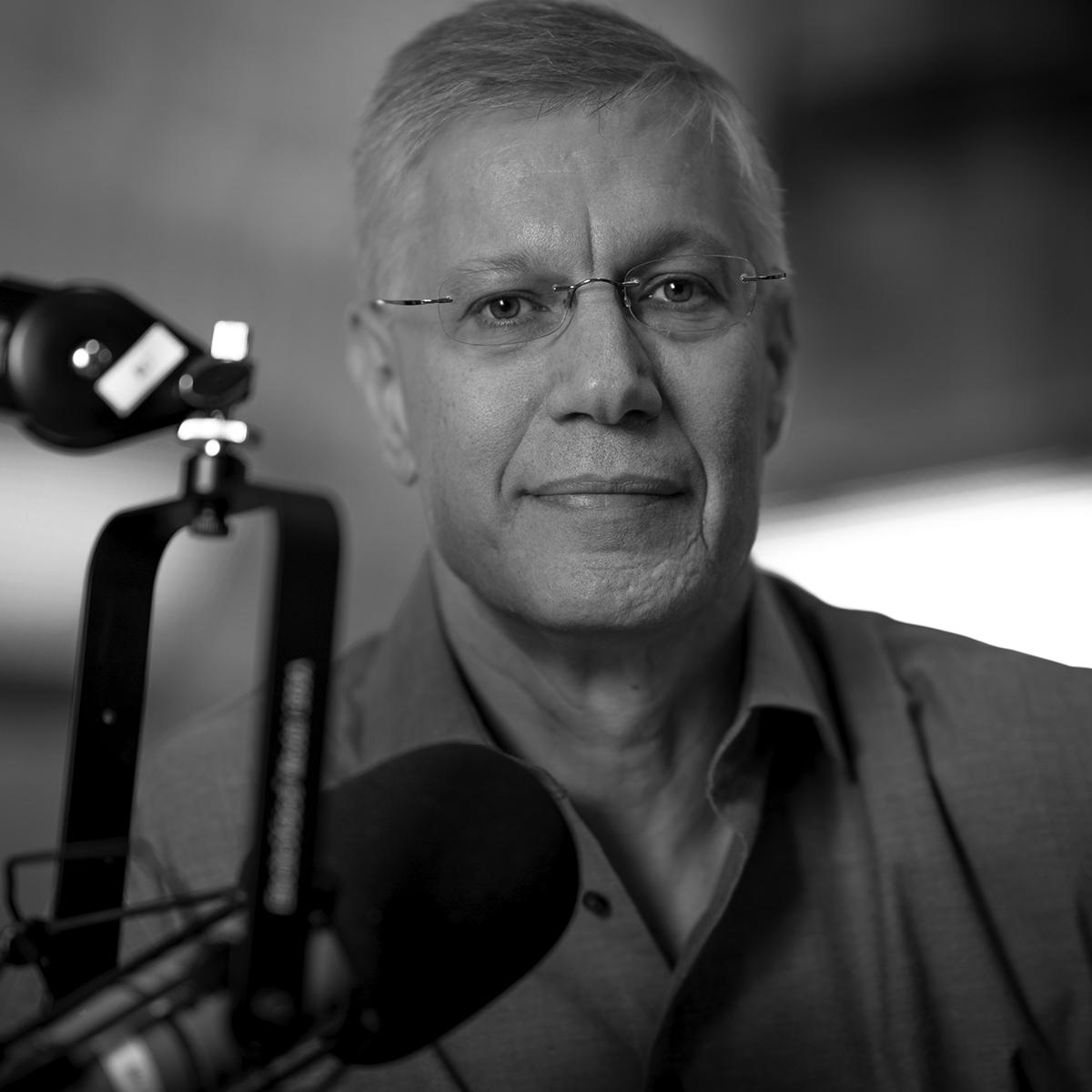The Government Did It
The financial peril of Fannie Mae and Freddie Mac — the government-sponsored, government-regulated mortgage giants regarded as instrumental in solving the nation’s mortgage market problems — has one benefit. It should help expose the lie that today’s financial problems are the result of an insufficiently regulated market.
For too long, the refrain has gone, Congress and the administration have been asleep at the wheel when they should have been steering the economy by expanding government control over the housing and financial markets. Economist Paul Krugman slams the administration’s “free-market ideology”; he urges Bush to “reverse course now” and “seek expanded regulation.”
All this overlooks a crucial fact: There has been no free market in housing or finance. Government has long exercised massive control over the housing and financial markets — including its creation of Fannie Mae and Freddie Mac (which have now amassed $5 trillion in liabilities) — leading to many of the problems being blamed on the free market today.
Consider the low lending standards that were a significant component of the mortgage crisis. Lenders made millions of loans to borrowers who, under normal market conditions, weren’t able to pay them off. These decisions have cost lenders, especially leading financial institutions, tens of billions of dollars.
It is popular to take low lending standards as proof that the free market has failed, that the system that is supposed to reward productive behavior and punish unproductive behavior has failed to do so. Yet this claim ignores that for years irrational lending standards have been forced on lenders by the federal Community Reinvestment Act (CRA) and rewarded (at taxpayers’ expense) by multiple government bodies.
The CRA forces banks to make loans in poor communities, loans that banks may otherwise reject as financially unsound. Under the CRA, banks must convince a set of bureaucracies that they are not engaging in discrimination, a charge that the act encourages any CRA-recognized community group to bring forward. Otherwise, any merger or expansion the banks attempt will likely be denied. But what counts as discrimination?
According to one enforcement agency, “discrimination exists when a lender’s underwriting policies contain arbitrary or outdated criteria that effectively disqualify many urban or lower-income minority applicants.” Note that these “arbitrary or outdated criteria” include most of the essentials of responsible lending: income level, income verification, credit history and savings history — the very factors lenders are now being criticized for ignoring.
The government has promoted bad loans not just through the stick of the CRA but through the carrot of Fannie Mae and Freddie Mac, which purchase, securitize and guarantee loans made by lenders and whose debt is itself implicitly guaranteed by the federal government. This setup created an easy, artificial profit opportunity for lenders to wrap up bundles of subprime loans and sell them to a government-backed buyer whose primary mandate was to “promote homeownership,” not to apply sound lending standards.
Of course, lenders not only sold billions of dollars in suspect loans to Fannie Mae and Freddie Mac, contributing to their present debacle, they also retained some subprime loans themselves and sold others to Wall Street — leading to the huge banking losses we have been witnessing for months. Is this, then, a free market failure? Again, no.
In a free market, lending large amounts of money to low-income, low-credit borrowers with no down payment would quickly prove disastrous. But the Federal Reserve Board’s inflationary policy of artificially low interest rates made investing in subprime loans extraordinarily profitable. Subprime borrowers who would normally not be able to pay off their expensive houses could do so, thanks to payments that plummeted along with Fed rates. And the inflationary housing boom meant homeowners rarely defaulted; so long as housing prices went up, even the worst-credit borrowers could always sell or refinance.
Thus, Fed policy turned dubious investments into fabulous successes. Bankers who made the deals lured investors and were showered with bonuses. Concerns about the possibility of mass defaults and foreclosures were assuaged by an administration whose president declared: “We want everybody in America to own their own home.”
Further promoting a sense of security, every major financial institution in America — both commercial banks and investment banks — was implicitly protected by the quasi-official policy of “too big to fail.” The “too big to fail” doctrine holds that, when they risk insolvency, large financial institutions (like Countrywide or Bear Stearns) must be bailed out through a network of government bodies including the Federal Deposit Insurance Corporation, the Federal Home Loan Banks and the Federal Reserve.
All of these government factors contributed to creating a situation in which millions of people were buying homes they could not afford, in which the participants experienced the illusion of prosperity, in which billions upon billions of dollars were going into bad investments. Eventually the bubble burst; the rest is history.
Given that our government was behind the wheel, influencing every aspect of the mortgage crisis, it is absurd to call today’s situation the result of insufficient regulation.
We do not need more regulation or economic “steering” — laws or bureaucrats dictating to financiers and investors the kind of innovation they may or may not engage in. If that were the solution to economic problems, then Hugo Chavez would preside over the world’s healthiest economy in Venezuela. What we need to do is remove the government’s power to coerce, bribe, reward and bail out irrational decisions. The unfree market has failed. It’s time for a truly free market.


